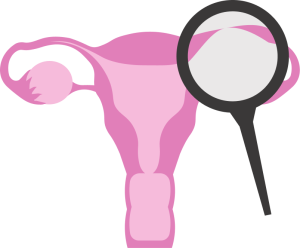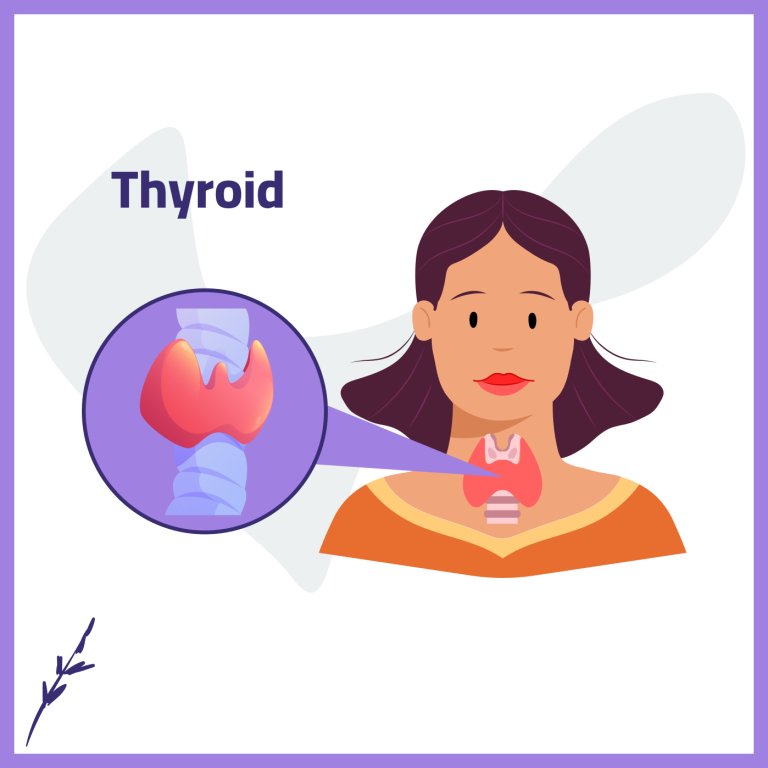Blockage of one or both fallopian tubes in failure of conception
A blockage of one or both fallopian tubes is a condition that can cause infertility or subfertility in women. The fallopian tubes are the pathways that connect the ovaries and the uterus, where the egg and the sperm meet and fertilization occurs. If the tubes are blocked, the egg and the sperm cannot reach each other, preventing pregnancy.
There are many possible causes of blocked fallopian tubes, such as pelvic inflammatory disease, endometriosis, sexually transmitted infections, ectopic pregnancy, fibroids, or surgery. These conditions can cause scar tissue, inflammation, or fluid to obstruct the tubes.
Blocked fallopian tubes do not usually cause any symptoms, except for difficulty conceiving. Some women may experience pain or discomfort in the lower abdomen, especially during ovulation or menstruation.
The diagnosis of blocked fallopian tubes can be made by various tests, such as hysterosalpingogram (HSG), laparoscopy, or ultrasound. These tests can show the location and extent of the blockage, as well as the condition of the tubes and the surrounding organs.
The treatment of blocked fallopian tubes depends on the cause and severity of the blockage, as well as the age and fertility goals of the woman. Some possible options include:
- Surgery: This involves removing or repairing the damaged or blocked part of the tube, or creating a new opening for the tube. Surgery can restore the function of the tubes and improve the chances of natural conception. However, surgery may not be successful in all cases, and it may increase the risk of ectopic pregnancy.
- In vitro fertilization (IVF): This is a type of assisted reproductive technology (ART) that bypasses the fallopian tubes and fertilizes the egg and the sperm in a laboratory. The resulting embryo is then transferred to the uterus. IVF can achieve pregnancy even if both tubes are completely blocked. However, IVF is expensive, invasive, and may have side effects or complications.
- Tubal cannulation: This is a procedure that uses a thin catheter or wire to open the blocked part of the tube. It can be done during an HSG or a laparoscopy. Tubal cannulation can improve the patency of the tubes and the chances of natural conception. However, it may not be effective for severe or multiple blockages, and it may cause infection or bleeding.

In conclusion, a blockage of one or both fallopian tubes is a condition that can affect the fertility of women. It can be caused by various factors, and it can be diagnosed by various tests. It can be treated by surgery, IVF, or tubal cannulation, depending on the individual case. It is important to seek medical advice and follow the recommendations to improve the condition and the chances of conception






